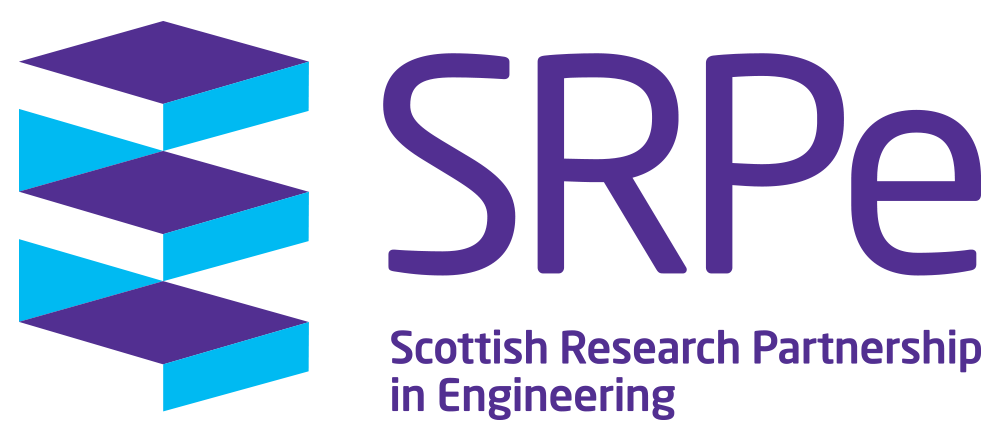Personalised Approach to Restoration of Arm Function in People with High-Level Tetraplegia
Sub-theme: Improving Patient, Consumer and Clinician Experience
Led by: University of Aberdeen
In Collaboration with:
West Midlands Centre for Spinal Injuries (UK)
Robert Jones and Agnes Hunt Orthopaedic Hospital (UK)
Keele University (UK)
Leeds University (UK)
Contact: Dr Edward Chadwick, University of Aberdeen
Summary:
The goal is to improve the independence of people with arm paralysis by enabling functional movement using non-invasive electrical muscle stimulation. Functional Electrical Stimulation (FES) is an assistive and rehabilitation technology whereby low-level electrical signals are used to induce muscle contraction where voluntary control has been lost. Such muscle contractions can strengthen the muscle, load the bones, or produce functional movement in people with paralysis.
In the lower limb, FES technology is used to prevent foot drop during gait in post-stroke hemiplegia. In the upper limb, FES is much less widely used due to the highly selective nature of the movements that users want to perform, and the significant variability in motor deficits that exist in people with spinal injuries making the control of any stimulation system very challenging.
The project began in 2018 with an award of £370k from EPSRC to develop efficient methods for personalising a FES system to allow people with high-level spinal cord injuries to control their own arm movements. Biomechanical models representing the functional limitations due to an injury are used to predict the effects of surface electrical stimulation on the paralysed arm. System set up and muscle stimulation patterns are then optimised to achieve a desired set of tasks for an individual to help them regain their independence. This work is part of a larger body of work by the lead investigators, in which they have worked with the Cleveland FES Center on the development of implantable FES systems for the upper limb. The project involves a multidisciplinary team of biomedical and clinical engineers, rehabilitation specialists and NHS orthopaedic surgeons.
